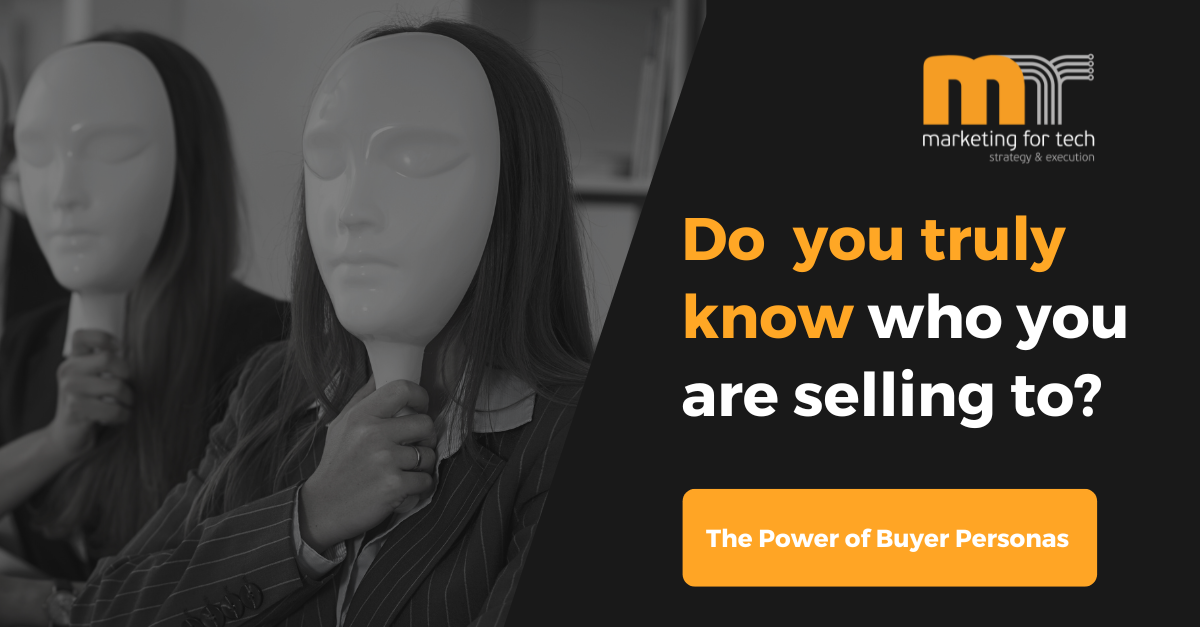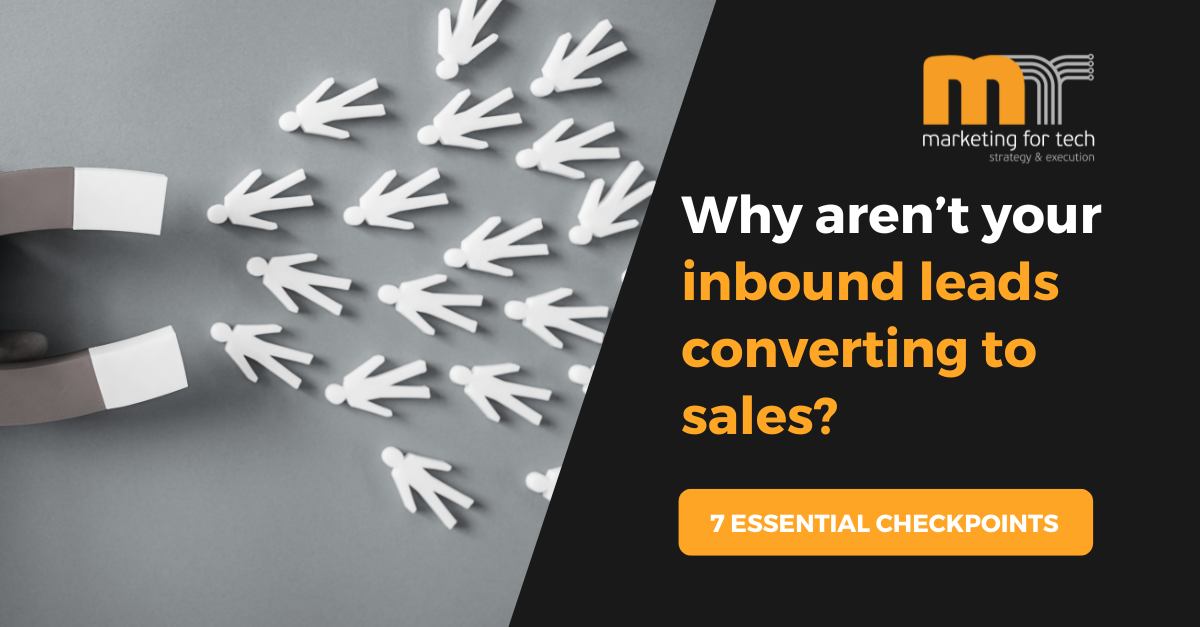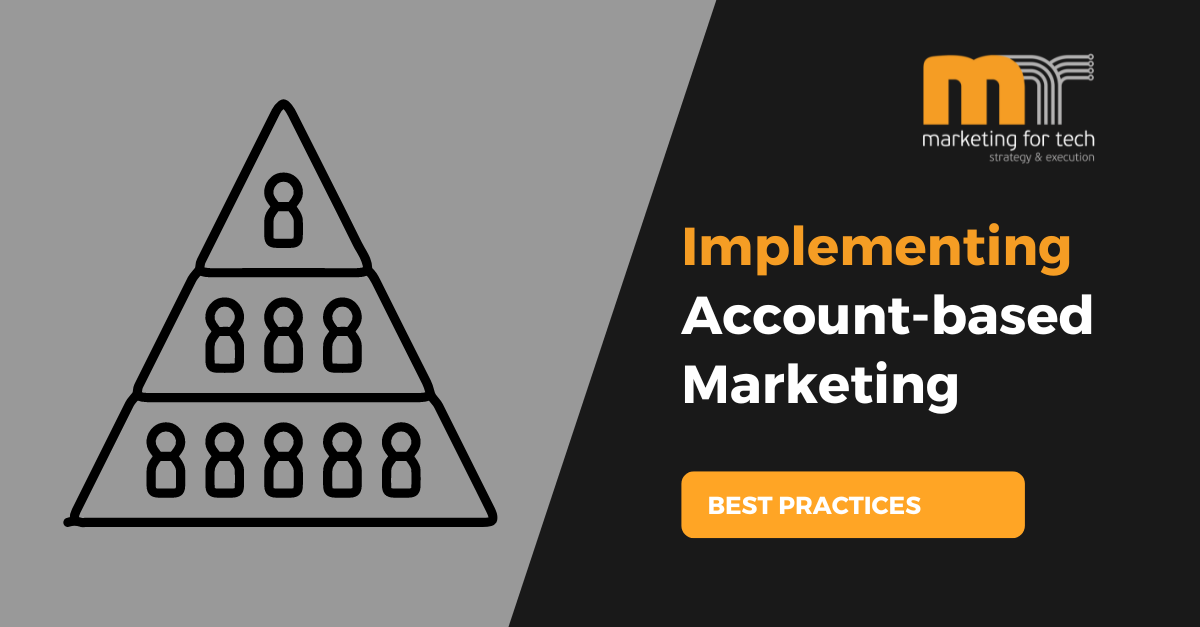How to Create a Winning Sales Playbook
As a B2B technology company, your sales team is the backbone of your business. They are the ones responsible for driving revenue and helping your company grow. However, building a successful sales team requires more than just hiring salespeople and giving them a product to sell. It requires a well-thought-out course of action documented in a form of a sales playbook.
A sales playbook is a document that outlines your company’s sales process, methodology, and best practices. It provides your sales team with the tools, resources, and guidance they need to close deals effectively. Creating a sales playbook can be a daunting task, but it is essential for the success of your business. In this article, we explore how to create a sales playbook for B2B technology companies.
1. Understand Your Buyer Persona
Before you create a sales playbook, you need to understand your ideal customer persona. Your buyer persona is a semi-fictional representation of your ideal customer. It should include details such as job responsibilities, company size, industry, pain points, challenges, goals, and buying habits among others. Understanding your ideal customer persona (ICP) will help you tailor your sales process and personalize your messaging to resonate with them. For example, if your target buyer persona is the CTO of a mid-sized SaaS company, you need to understand their pain points, such as scalability, security, and integration. Your sales playbook should address these pain points and provide solutions to overcome them.
It is important to also understand the buying process of your target customers. Different companies have different purchasing processes, so you need to understand how your customers make buying decisions. Know the decision-makers involved in the process and what criteria they use to evaluate technology products.
2. Define Your Sales Process
Once your ICP is clear, you need to define your sales process. Your sales process should outline the steps your sales team takes to convert an interested person to a customer. It should include stages such as prospecting, qualifying/disqualifying, doing a demo or a pilot, closing, and on-boarding a new customer.
The Prospecting stage, for example, may involve identifying potential leads through social media, attending industry events, or sourcing leads through other marketing efforts. Often, it is necessary to use mutliple touch points. In other words, do not rely only on a single channel to reach out to prospective customers. You can leverage email, social media, your personal network, phone calls, video conferencing, and other channels to connect with potential customers. A mix of inbound and outbound marketing tactics can also be used to reach your target audience.
Not every lead, however, is worth pursuing, so you need to develop a qualification process that helps you to identify the most promising prospects. Create a set of criteria to evaluate leads, such as company size, industry, budget, and purchasing authority, or other qualification criteria that you deem to be important for your business. The Qualifying stage may involve asking specific questions to determine if the lead is a good fit for your product. The Presenting stage may involve providing a personalized demo or proof of concept. The Closing stage may involve negotiating pricing and finalizing the contract. Finally, the On-boarding stage has to do with the steps that your customer success team will take to on-board new customers such as setting up their account, providing training, and answering any questions they may have. Your sales team should be knowledgeable about the onboarding process in order to communicate it effectively and set expectations with your newly acquired customers.
3. Create a Sales Methodology
Your sales methodology is a framework for how your sales team approaches the sales process. It should provide your sales team with a clear understanding of what they need to do at each stage to move the deal forward. Your sales methodology should align with your buyer persona and sales process. For example, your sales methodology may be solution selling, where your sales team focuses on identifying the buyer’s pain points and providing customized solutions. Or it may be challenger selling, where your sales team challenges the buyer’s assumptions and provides new insights.
4. Develop Sales Best Practices
Sales best practices are the tactics and strategies that have proven to be effective in closing deals. These best practices should be based on data and feedback from your sales team. They should be documented in your sales playbook and shared with your sales team. For example, one best practice may be to use social proof, such as case studies or customer testimonials, to build credibility and trust with the buyer.
Sales is all about building relationships with your customers. Take the time to listen to their needs, be empathetic, and provide value.
5. Provide Sales Training and Coaching
Your sales playbook is used to onboard new sales reps and coaching to your existing team. Creating a sales playbook is just the first step. To ensure its success, you need to provide ongoing training and coaching to your sales team. Sales training should cover the sales process, methodology, and best practices outlined in the sales playbook. Sales coaching should provide feedback, support, and guidance to your sales team to help them improve their skills. For example, sales training may involve role-playing exercises to practice objection handling or negotiation skills. Sales coaching may involve shadowing a sales call and providing feedback on areas for improvement.
6. Track your sales metrics
Measure your performance and identify areas for improvement. Some of the key metrics to monitor include lead conversion rates, opportunities created, deal velocity, average deal size, and customer lifetime value.
Creating a sales playbook is essential for the success of any B2B technology company. It provides your sales team with the tools, resources, and guidance they need to close deals effectively. Remember that sales is a numbers game, so don't give up too quickly. Keep following up with your leads, be persistent but not pushy, and find creative ways to stay top-of-mind.









